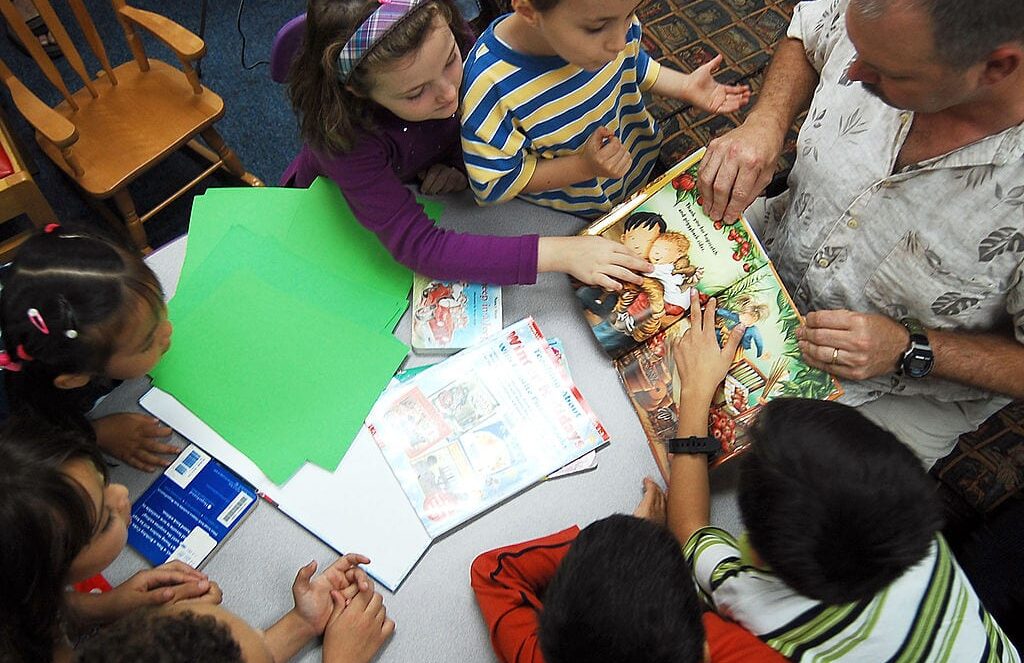Mark Garibaldi, Researcher with American Institutes for Research’s Health and Social Development Program, discusses his research in this growing and vital field in education.
Dr. Berger: What areas of social emotional learning are you currently focused on and what areas of research might surprise the general public?
Mark Garibaldi: My research focuses on educational programs, systems, and spaces that support learning, performance, and social and emotional outcomes. Within that broad scope, my recent work on social and emotional learning (SEL) that may surprise the public has focused on the influence of built school environments on socialization processes associated with relationships between teachers and students and peers. The built environment is considered one aspect of the requisite conditions for learning but the design of these spaces are rarely based on design standards that ensure optimal student outcomes (beyond academic performance). That being said, through this work we hope to eventually produce design standards that can be applied to architectural designs of school environments.
RB: How has the research, in this area, changed during your career?
MG: I have been doing research on social and emotional learning for only about five years so I’m considered somewhat new to this work compared to other experts who have been forging this area since the 1990’s. However, based on recent evaluations of school- and community-based initiatives focused on SEL, I would say one notable shift has been the focus on understanding how school districts can plan and implement systemwide SEL. I have been fortunate to be a part of this exciting work through AIR.
RB: We hear more and more about “school climate” in the greater discussion of social and emotional learning. What changes in school climate have been taking place that indicate schools and districts are making a concerted effort in this area?
 MG: This is a good question, Rod. To answer the question, I should preface a few things about the relationship between social climate and social and emotional learning. First, school climate is multidimensional and typically refers to a few things. First, climate refers to the quality and character of school life and involves many aspects of a students’ educational experience. Climate also refers to the norms, goals, values, interpersonal relationships, teaching practices, learning styles, and organizational structures.
MG: This is a good question, Rod. To answer the question, I should preface a few things about the relationship between social climate and social and emotional learning. First, school climate is multidimensional and typically refers to a few things. First, climate refers to the quality and character of school life and involves many aspects of a students’ educational experience. Climate also refers to the norms, goals, values, interpersonal relationships, teaching practices, learning styles, and organizational structures.
This being said, if school climate and academic standards were the rails of a ladder, we see social and emotional competencies as the rungs of a ladder that hold them together. We think this because school climate focuses on the overarching structures and conditions necessary for successful teaching and learning, whereas SEL focuses on the process for skill development.
We also believe this because you can add value when there is a joint focus on the conditions necessary for learning and student skill development given that school climate and SEL promote and enhance one another. The results of this relationship can also be seen when districts and schools integrate school climate and SEL efforts, which in turn, supports other, ongoing initiatives including bullying prevention, school safety, positive behavior supports, and mental health.
In answer to your question, district and schools are increasingly adopting measures to collect data to determine the impact of their efforts to improve school climate. AIR’s SEL Solutions has been at the forefront with districts to help them through the process of supporting SEL and school climate initiatives.






